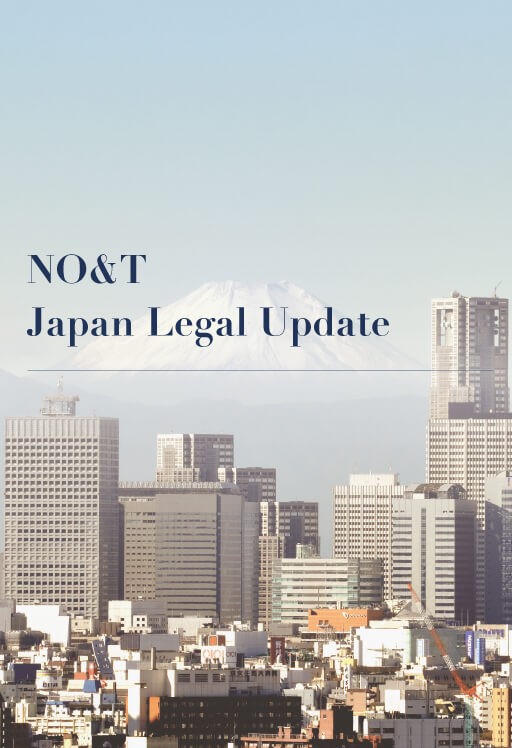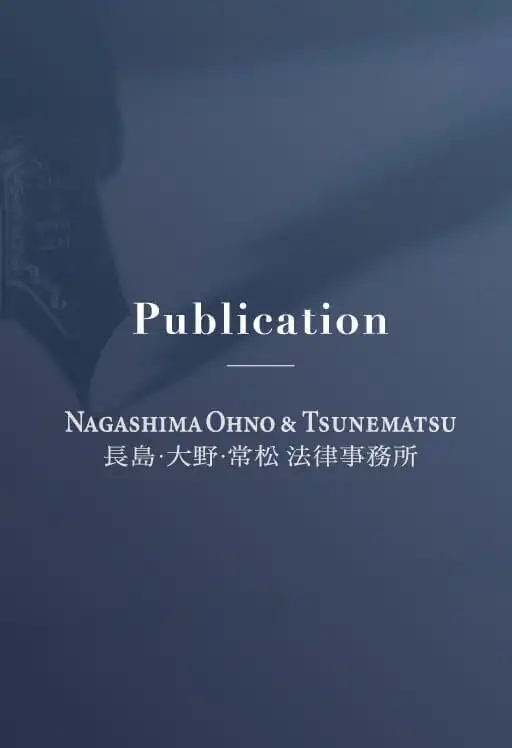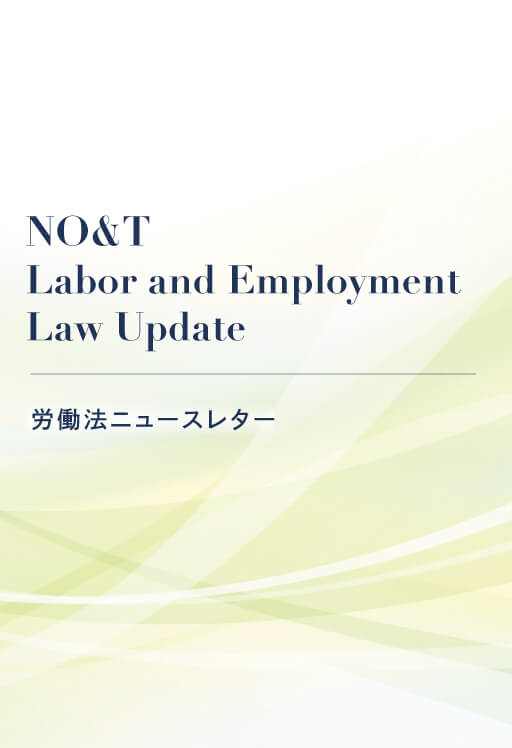
NO&T Japan Legal Update
英文
I. Introduction
Whilst successive Japanese governments have endeavored to increase female participation in the workforce, these efforts have noticeably doubled under the Abe administration. The number of female employees who continue to work after having children has been gradually increasing following the coming into force in 1985 of the Act on Securing of Equal Opportunity and Treatment between Men and Women in Employment (Act No. 113 of 1972) (the ‘Equal Opportunity Employment Act’) and in 1992 of the Act on Childcare Leave (Act No. 76 of 1991, currently the ‘Act on Childcare and Caregiver Leave’) (the ‘Childcare Leave Act’). Nonetheless, the number of women holding managerial positions in Japan is still lower than in many comparable countries. According to a 2014 government survey, only 11.3% of managerial posts are held by women.
To address this situation, on April 1, 2016, the Act on Promotion of Women’s Participation and Advancement in the Workplace came into force. Under the Act, an employer with more than 300 employees must create an action plan for increasing the number of female staff and their participation in business activities. This requires an employer to set specific numerical targets based upon an analysis of the ratio of newly hired female employees compared to males, the gender gap in relation to period of employment, the ratio of female managers to males and other relevant factors. This Act is considered a progressive step toward fulfilling the government’s policy of increasing female labor market participation.
Given this increased focus recently, how to treat employees who are raising children has become a key management issue in Japan. Below is a brief overview of the maternity and childcare leave regimes in Japan and a recent Supreme Court judgment concerning these issues.


一色毅


清水美彩惠


(2023年2月)
川合正伦


绪方绘里子、清水美彩惠(共著)、若江悠(中文版负责律师)


一色毅


清水美彩惠


(2023年2月)
川合正伦


绪方绘里子、清水美彩惠(共著)、若江悠(中文版负责律师)